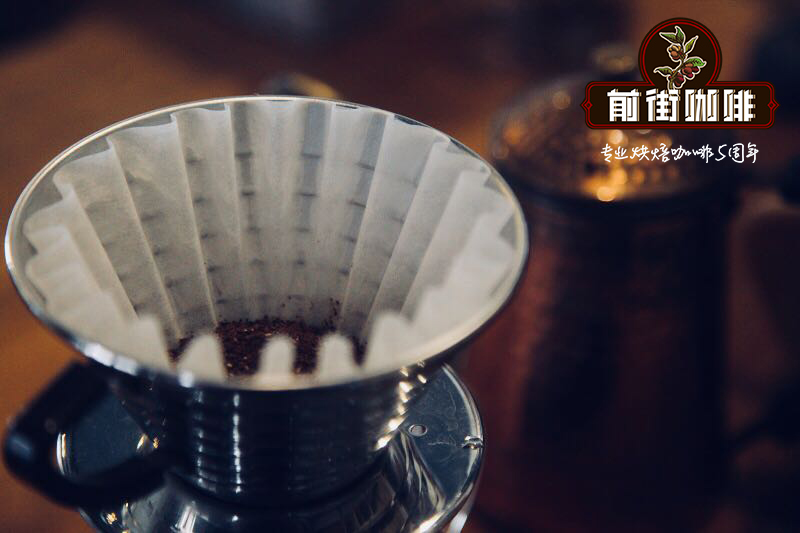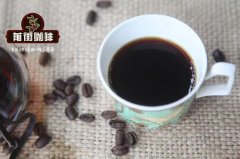The specific characteristics of Brazilian coffee beans the history of which brand of Brazilian coffee is better?

Professional coffee knowledge exchange more coffee bean information please follow the coffee workshop (Wechat official account cafe_style)
The largest producer
Brazil is the largest coffee producer in the world. It accounts for about 1/3 of international output, and about 55 million bags are dominated by natural and ground natural coffee every year. As the largest producer, fluctuations in production affect global pricing. For example, Brazil's low annual production could lead to a rise in the price of coffee in the global market.
Brazilian flavor
Brazilian natural coffee and ground natural coffee are often used by professional coffee roasters to make a reliable mixed espresso. It is famous for its rare rainfall, prolonged drought and a lot of sunshine. Brazilian coffee is characterized by strong sweetness, usually with flavors of chocolate, caramel and nuts.
Natural and pulping natural processes
In the natural pulping process, beans are classified according to density. At the same time, mature coffee beans are mechanically separated from green cherries and pulped at the same time. Drying requires a lot of care and special treatment. The result is a rich flavor, uniform and clean outline.
Natural processing is a simple and economical way to process coffee. The harvested cherries are spread directly on the large open sidewalk until the moisture content reaches the right level-usually close to 115%. Cherries are usually dried by a dryer. Natural coffee tends to have a larger body and introduce fruity cups.
Grama Valley, South Minas and Camominas
We offer specialty coffee from different regions, which are famous for their high quality products, such as Vale, Minas and South Minas. Every coffee supply chain we maintain is stable and provides consistent quality benefits.
"I think Brazil is the most sustainable coffee country in the world-we can produce the same quality and quantity of coffee year after year."
Luis Paul-Irmas Pereira Farm in Brazil
Brazilian Coffee Pioneer
Coffee legends and specialty coffee pioneers such as Luiz Paulo (Irmas Pereira), Adolfo Henrique (Fazenda Passeio) and Diogo Machaedo (Fazenda revio) are the people behind these amazing and consistent natural coffee and ground natural coffee. Through them, we intend to provide consistent quality for your espresso mixture.
Important Notice :
前街咖啡 FrontStreet Coffee has moved to new addredd:
FrontStreet Coffee Address: 315,Donghua East Road,GuangZhou
Tel:020 38364473
- Prev

Yega Chuefei Fruit Ding Coffee Bean Flavor Story characteristics Water-washed Yega Chevy Coffee Baking Curve sharing
Professional coffee knowledge exchange more coffee bean information Please follow the coffee workshop (Wechat official account cafe_style) Today the editor came to share the baking curve of washed Yejia sherbet fruit cubes. In order to show the personality of this bean, the Qianjie roaster baked three different curves for comparison. Diced fruit
- Next

Peruvian coffee | Peruvian coffee flavor characteristics of Peruvian coffee beans
Professional coffee knowledge exchange more coffee bean information please follow Coffee Workshop (Wechat official account cafe_style) Coffee specialty coffee from Cajamaka and Amazon certificates such as organic, fair trade and rainforest alliance are typical of Peruvian coffee producers. Coffee is grown in Amazon, Ayakucho, Cusco, Kahamaka, Juning, Vanako, Pula, Villarica.
Related
- Beginners will see the "Coffee pull flower" guide!
- What is the difference between ice blog purified milk and ordinary milk coffee?
- Why is the Philippines the largest producer of crops in Liberia?
- For coffee extraction, should the fine powder be retained?
- How does extracted espresso fill pressed powder? How much strength does it take to press the powder?
- How to make jasmine cold extract coffee? Is the jasmine + latte good?
- Will this little toy really make the coffee taste better? How does Lily Drip affect coffee extraction?
- Will the action of slapping the filter cup also affect coffee extraction?
- What's the difference between powder-to-water ratio and powder-to-liquid ratio?
- What is the Ethiopian local species? What does it have to do with Heirloom native species?

